| Structure | Name/CAS No. | Articles |
|---|---|---|
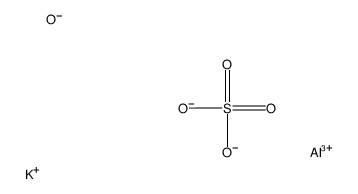 |
Gelatin
CAS:9000-70-8 |
|
 |
Aqueous ammonia
CAS:1336-21-6 |
|
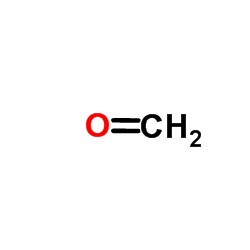 |
Formaldehyde
CAS:50-00-0 |
|
 |
Retinoic acid
CAS:302-79-4 |
|
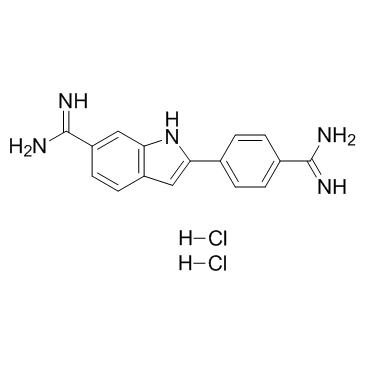 |
4',6-Diamidino-2-phenylindole dihydrochloride
CAS:28718-90-3 |
|
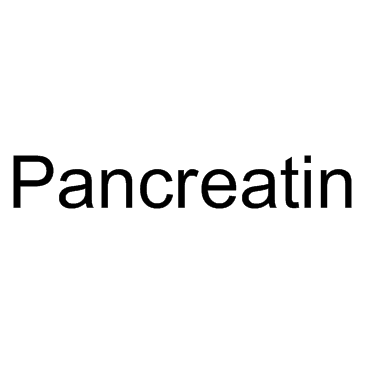 |
Pancreatin
CAS:8049-47-6 |
|
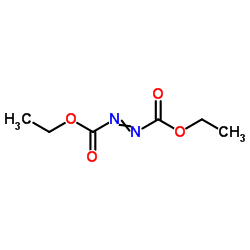 |
dead
CAS:1972-28-7 |
|
 |
2-Phenylindole
CAS:948-65-2 |